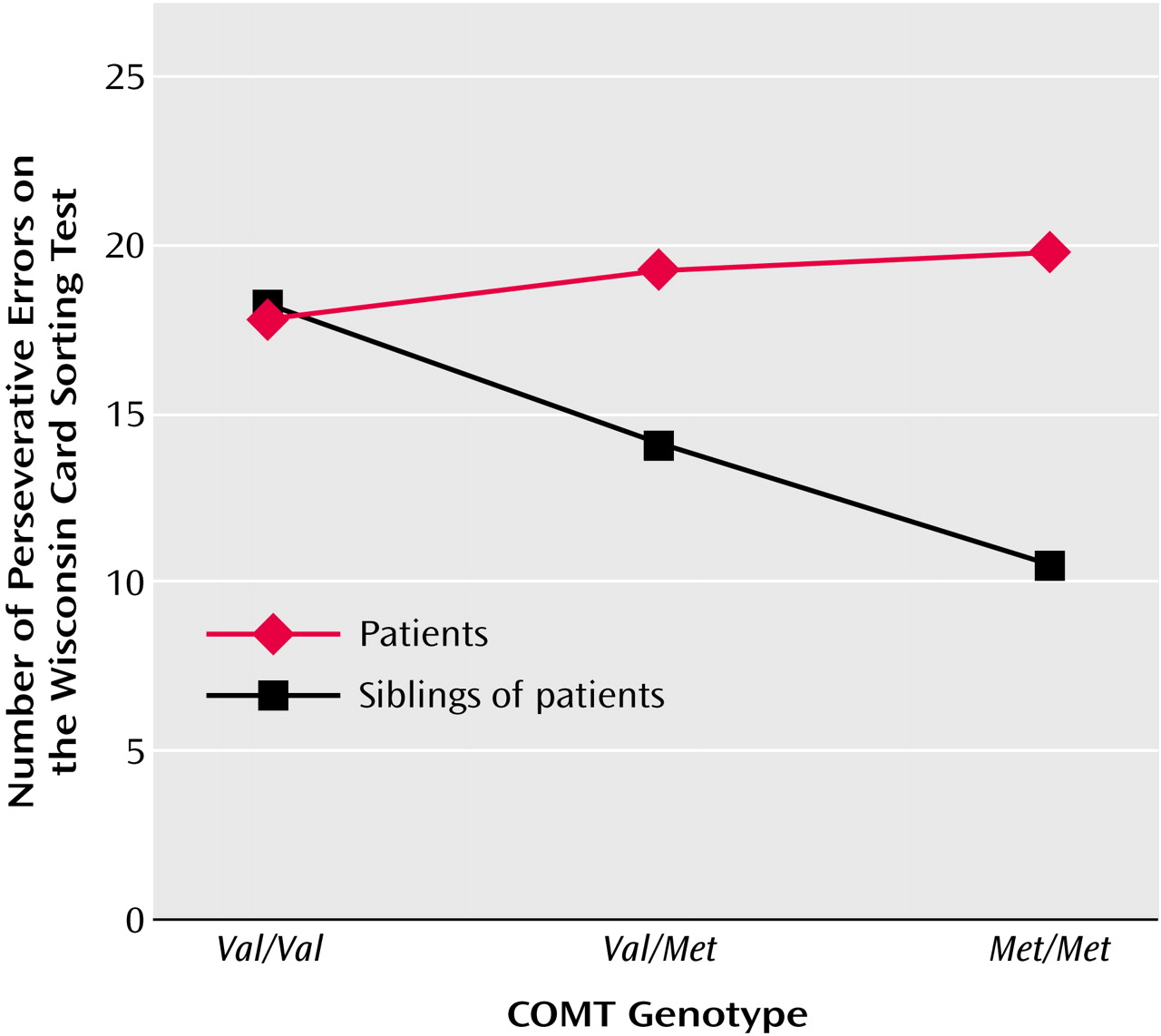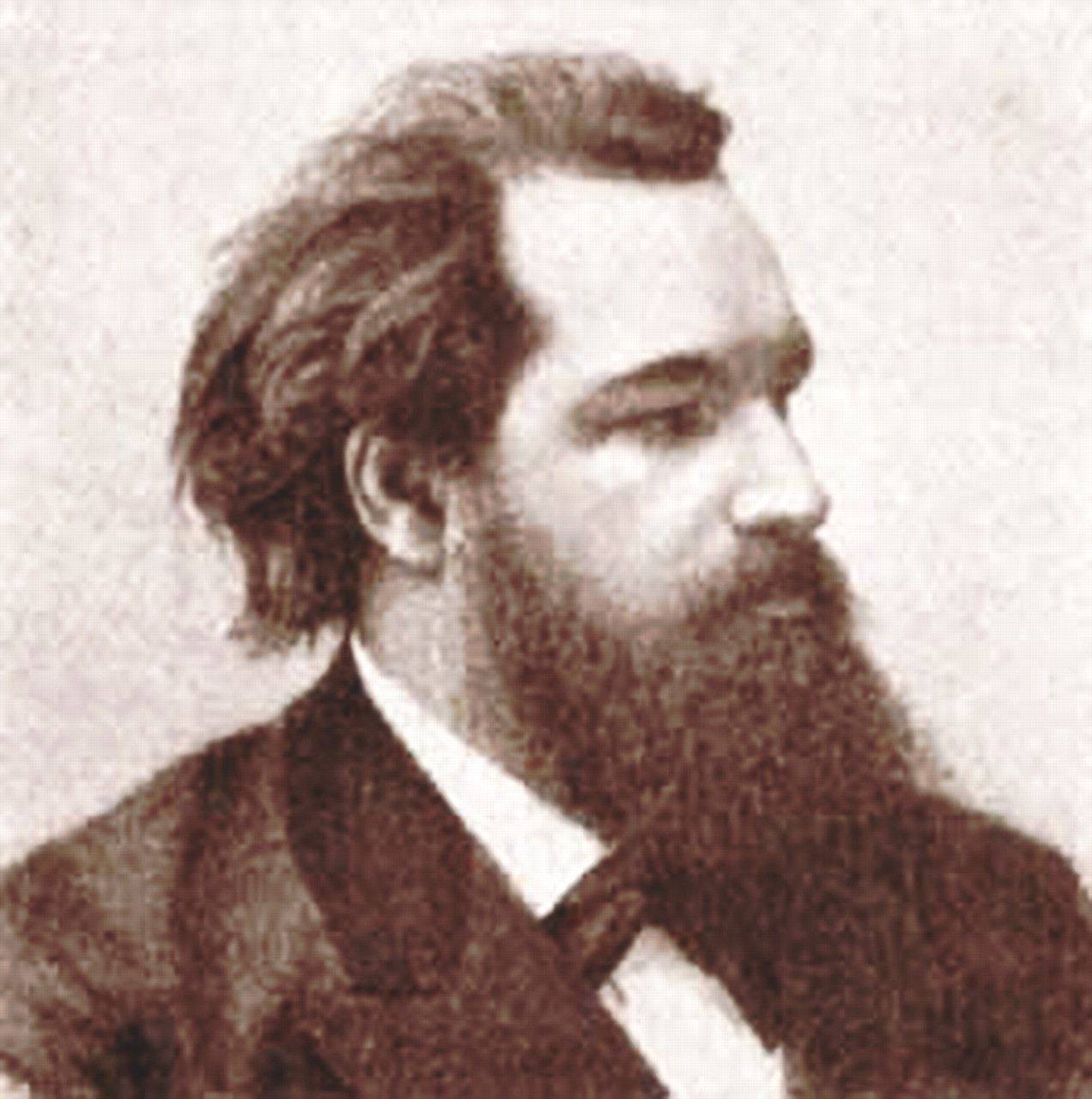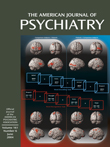Psychotic Depression: Cognitive Parallels
Psychotic depression differs from nonpsychotic depression in several ways, including longer episodes, more brain structure abnormalities, and worse response to treatment. Its cognitive profile is not clear, however, and can be confounded by medications. The overlap of psychotic depression with both schizophrenia and unipolar major depression led Hill et al. (p. 996) to compare patients with those illnesses to patients with first-episode psychotic depression who had not yet received antipsychotic medication. The patterns of scores on six neuropsychological domains were remarkably similar for psychotic depression and schizophrenia. Patients with psychotic depression had milder dysfunction, but after adjustment for symptom severity, the two groups differed only on attention. Patients with nonpsychotic depression were generally similar to healthy comparison subjects. Although psychotic depression and schizophrenia likely result from different processes, this system-level similarity may have implications for prognosis and treatment of psychotic depression.
How Verbal Memory Works in Schizophrenia
Patients with schizophrenia have difficulty with word-related memory. To discover the abnormalities in brain activity associated with these problems, Ragland et al. (p. 1004) gave tests of word encoding and recognition to schizophrenic patients while measuring brain activation. The tasks demonstrated dysfunction in the dorsolateral prefrontal cortex. Compared to healthy subjects, the patients relied on a more widely distributed set of temporal-limbic and posterior regions, possibly in compensation. The prefrontal and parahippocampal differences are not surprising, given the strong reciprocal connections between the neocortex and hippocampus. Successful word retrieval was associated with greater right dorsolateral prefrontal activation in healthy subjects, whereas the patients had more activity in orbitofrontal, superior frontal, mesial temporal, and superior parietal regions. These differences may reflect different memory strategies, such as rote rehearsal by the patients versus word association by the healthy subjects.
Inside Hoarders’ Heads
One variety of obsessive-compulsive disorder (OCD) is characterized by hoarding, saving, and collecting. It may have a distinct genetic pattern and is often unresponsive to standard treatments for OCD. Understanding associated brain functioning could lead to better treatment. Saxena et al. (p. 1038) compared brain metabolism in OCD patients with hoarding-related symptoms, OCD patients without hoarding, and healthy comparison subjects. The hoarding patients, but not the other OCD patients, had lower metabolism in the posterior cingulate cortex and cuneus than the comparison subjects. The nonhoarding patients showed higher metabolism in the caudate and thalamus than comparison subjects, but the hoarders did not. Also, the hoarding patients had lower metabolism in the dorsal anterior cingulate gyrus than the other OCD patients. Hoarding severity was inversely related to metabolism in the dorsal anterior cingulate gyrus. Lower activity in both the anterior and posterior cingulate gyrus may help explain the decision-making, attentional, and other cognitive problems of compulsive hoarders. Deficits in these regions have also been associated with poor response to treatment.
Stroke, Mortality, and Mental Illness: A Bigger Picture
A study of more than 50,000 U.S. veterans with ischemic stroke confirms the relationship between major depression and a higher death rate in the following years. Earlier studies relied on small or unrepresentative patient groups or identified depressive symptoms, rather than an actual diagnosis. Williams et al. (p. 1090) also report that, in the 30 days to 3 years after the stroke, other mental illnesses independently increased the mortality rate by 13%, the same amount as depression. Many of the other mental illnesses, such as schizophrenia, likely predated the stroke. However, the similarity of the effects of depression and these other illnesses suggests shared mechanisms for increasing the poststroke death rate. Both physiologic and psychosocial factors have been implicated. Clinicians who treat stroke survivors should actively screen and treat them for depression and other mental illnesses in the poststroke period and should pay special attention to managing other cardiovascular risk factors.
Genetic Effect Seen in Siblings, But Not Schizophrenia Patients
Among the proposed genetic contributions to schizophrenia is the gene for catechol-O-methyltransferase (COMT), an enzyme involved in degradation of catecholaminergic neurotransmitters. Variability of the functional Val158Met polymorphism of the COMT gene could be a risk factor for schizophrenia. Rosa et al. (p. 1110) investigated the association between this polymorphism and prefrontal cognitive performance in schizophrenic patients and their healthy siblings. They also studied the transmission of alleles from the healthy parents to the patients. Patients with schizophrenia spectrum disorders showed no relationship between COMT Val158Met genotype and performance on the Wisconsin Card Sorting Test. For the patients’ healthy siblings, however, cognitive performance increased linearly with the number of low activity (Met) alleles of the COMT genotype. This association in unaffected siblings is consistent with earlier results for healthy people. The patients’ apparent lack of association could result from masking of an effect by other dopaminergic abnormalities. No transmission bias of any allele was observed; this finding does not support a role of this polymorphism in the risk for these disorders.
Images in Psychiatry
Sergej Sergejewitsch Korsakow (1854–1900) (p. 974)



